Herman Williams Is Exonerated After Nearly Three Decades of Wrongful Conviction
A judge vacated the conviction of Herman Williams and ordered his immediate release after nearly 29 years in prison.
09.06.22 By Innocence Staff
Mr. Williams’ conviction was overturned based on new DNA evidence in addition to faulty forensics, and police and prosecutorial misconduct.
(September 6, 2022 — Lake County, IL) Today, a Lake County judge vacated the conviction of Herman Williams and ordered his immediate release after nearly 29 years in prison for a crime he did not commit. A decorated member of the U.S. Navy, Mr. Williams, who is now 58 years old, was wrongfully convicted for the 1993 murder of his ex-wife in Waukegan, Illinois, where he was stationed at the time. The Lake County State’s Attorney’s Office acknowledged that his 1994 conviction was based on scientifically unsupported forensic pathology testimony regarding the victim’s time of death, that the prosecution hid favorable evidence at his original trial, and that the detective who claimed Mr. Williams confessed is now known to have engaged in a pattern of misconduct, including securing false confessions and claiming suspects made admissions of guilt in other innocence cases. New evidence of Mr. Williams’ innocence also includes advanced DNA testing that excludes Mr. Williams from key biological evidence.
On Sept. 26, 1993, Penny Williams, Mr. Williams’ ex-wife was found in a shallow pond in Waukegan, several days after she had gone missing. Ms. Williams died as a result of blunt force trauma and had defensive wounds, indicating a struggle with her assailant.
At the time of her disappearance and death, Ms. Williams had moved from Arizona to Illinois and was living with Mr. Williams and their two children (ages 3 and 6) at his home in Gurnee, where Mr. Williams, who was also from Arizona, was living while stationed at the nearby Great Lakes Naval Base. Mr. Williams was remarried at the time, but separated from his then-current wife.
After Ms. Williams went missing, local police and the Lake County Major Crimes Task Force focused on Mr. Williams as the only possible suspect, ignoring other leads in the case. He was arrested and, in February 1994, convicted of first-degree murder and sentenced to life in prison without parole. The State’s theory at trial was that Mr. Williams murdered his ex-wife so he could move to California, where he was being re-stationed on a naval ship, with his children and current wife.
“This horrific crime not only robbed two children of their mother, but because of a flawed investigation, lies from police and prosecutors, and withheld evidence, they also had their father taken from them,” said Lauren Kaeseberg, Mr. Williams’ attorney at the Illinois Innocence Project. “Mr. Williams lost nearly three decades of his life, and his children had to grow up thinking their own father killed their mother — because of the misconduct and faulty forensics that plagued this case. We have to push for more accountability and transparency among law enforcement and prosecutors to prevent more families being torn apart by wrongful conviction.”
New DNA Evidence
Advanced DNA testing that was unavailable at the time of Mr. Williams’ 1994 trial has provided new scientific evidence of Mr. Williams’ innocence. DNA testing completed in 2021 and performed on biological material collected from under Ms. Williams’ fingernails during the autopsy — which was significant because she had clearly struggled with her attacker — revealed male DNA that does not belong to Mr. Williams. Further DNA testing also demonstrated that small amounts of blood from Mr. Williams’ truck — which the State used to link to Ms. Williams through now-outdated blood typing — does not, in fact, belong to her.
Faulty Forensic Science
This case is a stark example of how faulty forensic evidence can lead to wrongful conviction.
The misapplication of forensic science has contributed to 52% of wrongful convictions in Innocence Project cases. False or misleading forensic evidence was a contributing factor in 24% of all wrongful convictions nationally, according to the National Registry of Exonerations.
Time of death was a critical issue in this case. Ms. Williams’ body was found on the afternoon of Sunday, Sept. 26, 1993. The State contended that Ms. Williams was murdered on the night of Wednesday, Sept. 22 — essentially the only time period in which Mr. Williams could feasibly have committed the crime. Mr. Williams’ whereabouts were accounted for from the morning of Thursday, Sept. 23 until Ms. Williams’ body was recovered on Sunday, Sept. 26.
“This horrific crime not only robbed two children of their mother, but because of a flawed investigation, lies from police and prosecutors, and withheld evidence, they also had their father taken from them.”
It is undisputed that Mr. and Ms. Williams left home together Wednesday evening to see a movie. The State argued that Ms. Williams was killed shortly thereafter, between 8 p.m. and 9:03 p.m., while Mr. Williams has always maintained that Ms. Williams went missing on Thursday, the following day. On that Wednesday evening, they arrived late to the movie and instead went shopping at the mall. Mr. Williams then dropped Ms. Williams at home and went to visit his current wife (who had moved into her own apartment nearby). He stopped at McDonald’s on his way to see his current wife, and had a time-stamped receipt placing him there at 9:03 p.m. When he later returned home, Ms. Williams was at the apartment — a fact initially corroborated by a neighbor. Mr. Williams also told police and testified at his trial that Ms. Williams was home the following morning and their then-6-year-old son told police that Ms. Williams had made him cereal early that Thursday before school.
To support its theory and the case against Mr. Williams, the State presented expert testimony from forensic pathologist Dr. Nancy Jones, who conducted the autopsy on Ms. Williams the evening of the day her body was found. Dr. Jones testified to a reasonable degree of medical certainty that Ms. Williams’ most probable time of death fell within a narrow time frame — before midnight on Wednesday, Sept. 22, and no later than 1:00 a.m. on Thursday, Sept. 23. This specific time frame had no scientific basis.
“It was essential to the prosecution for Ms. Williams to have died before the morning of Sept. 23. Dr. Jones delivered that testimony without any scientific foundation, manufacturing a precise time of death solely to help the prosecution secure a conviction,” said Vanessa Potkin, Mr. Williams’ Innocence Project attorney. “The proof that Dr. Jones was willing to fabricate a time of death in this case compels a review of the numerous cases where she also provided testimony on cause and manner of death over her decades-long career. This is yet another example of how experts, under the veneer of mythic infallibility, can sway a jury even with testimony void of any scientific basis.”
Dr. Jones’ testimony also contradicted an opinion she provided prior to trial, which extended the window of time of death into sometime early Friday morning. This opinion was memorialized in an inter-office note between the lead prosecutor, Assistant State’s Attorney Michael Mermel, and his second chair ASA Robin Goodstein. Under the Constitution, and the U.S. Supreme Court case Brady v. Maryland, the State was required to disclose this favorable evidence to the defense. However, the State suppressed this important evidence that effectively derailed their time-of-death theory and would have eliminated Mr. Williams as a suspect. This newly discovered Brady material was found in the State’s Attorney’s Office “work product” file in 2021.
Two forensic pathologists who reviewed the autopsy evidence in 2022, on behalf of counsel for Mr. Williams and independently for the Lake County State’s Attorney’s office, both concluded the more likely time frame of Ms. Williams’ death was closer to when her body was found on Sunday, Sept. 26, 1993, which makes it virtually impossible for Mr. Williams to have committed the crime.
The State also used other problematic forensic evidence to erroneously link Mr. Williams to the crime. For example, it presented testimony from an expert who had compared soil from the crime scene area to soil from Mr. Williams’ truck wheel, and told the jury that the soils matched. A 2021 review of the soil comparison in this case found it to have been rife with errors and unreliability.
Police and Prosecutorial Misconduct
This case was riddled with misconduct by both law enforcement and the prosecution. The National Registry of Exonerations conducted a study on the role of government misconduct in the nation’s first 2,400 exoneration cases and found that police officers committed misconduct in 35% of cases. Fabrication of evidence, which occurred in this case, was among the most common forms of police misconduct. In that same study, prosecutors were found to have committed misconduct in 30% of cases and concealment of exculpatory evidence was found to be a common type of prosecutorial misconduct, and was also present in this case.
Not only was there misconduct and suppression of evidence by the prosecutor in this case, but there was egregious misconduct by one of the lead detectives, Lou Tessman, who at the time was the deputy commander of the Lake County Major Crimes Task Force. When Ms. Williams was first reported missing on Friday, Sept. 24, Mr. Williams was interrogated for 13 hours by investigators at the Gurnee Police Department. He maintained his innocence the entire time and was allowed to go home. After Ms. Williams was found dead, Mr. Williams was arrested on Sept. 30, 1993, and was brought in for questioning by Detective Tessman.
“This is yet another example of how experts, under the veneer of mythic infallibility, can sway a jury even with testimony void of any scientific basis.”
Detective Tessman testified at Mr. Williams’ trial that during his questioning Mr. Williams confessed to murdering Ms. Williams by crying, nodding his head affirmatively to specific questions about the murder, and stating, “I know what I did was wrong, and I am sorry for what happened.” Detective Tessman’s report detailing the alleged confession was not typed up until almost two weeks after the purported interview. At trial, Detective Tessman testified that he remembered the specific words used in his questions and Mr. Williams’ answers, despite having not taken any contemporaneous notes, and having no audio or video recording of the interrogation.
Mr. Williams has always maintained, and testified in his own defense at trial, that he never confessed nor made any inculpatory statements, but instead asked for a lawyer.
At the time of trial, there were already two significant contradictions to Detective Tessman’s account. First, from the commander of the Lake County Major Crimes Task Force, Charles Fagan, who had testified under oath in a proceeding prior to trial (at which the lead prosecutor was in attendance) that Mr. Williams made no statements, refused to be interviewed, and asked for a lawyer. Additionally, the day after Mr. Williams’ arrest, then-State’s Attorney Michael Waller publicly told the media that Mr. Williams had made no statements to police and instead asked for an attorney. Disturbingly, Mr. Williams’ defense attorney never raised this, and the prosecution allowed Detective Tessman’s false testimony to be presented.
Since the time of Mr. Williams’ trial, it has come to light that Detective Tessman has an established pattern and practice of misconduct involving fabricating confession evidence from innocent people leading to their wrongful convictions. There are a number of cases in which Detective Tessman has been accused of such wrongdoing, and among them are two high profile Lake County exoneration cases involving Juan Rivera and Jason Strong.
Inadequate Defense at Trial
Innocent people, like Mr Williams, who have inadequate defense counsel are more likely to be wrongly convicted of crimes they did not commit. Mr. Williams’ trial counsel failed to defend him adequately at every stage of his case: His attorney failed to thoroughly investigate the case; he never consulted with forensic experts; he failed to cross-examine a crucial yet incompetent witness and more. Further, Mr. Williams’ defense counsel never used the public statements by top officials denying there was a confession in this case to undermine Detective Tessman’s claim that Mr. Williams confessed. Immediately following his jury trial, Mr. Williams presented the court with evidence that his trial counsel had been ineffective and even high on drugs during his trial — a claim which was permitted to be heard but ultimately found meritless by the court in 1994.
Mr. Williams’ conviction was vacated today by agreement of the Lake County State’s Attorney’s Office, which dismissed all charges against him. Lake County State’s Attorney Eric Rinehart, who took office in January 2021, has pledged to bring reform to Lake County, a location that has seen a large number of wrongful conviction cases. Lake County is one of five suburban “collar counties” surrounding Cook County. Since 1986, including Mr. Williams, these five collar counties have wrongfully convicted and later exonerated 30 people — 11 in Lake County alone. These innocent individuals collectively served over 184 years in prison in Lake County. Excluding Cook County, known as the “false confession capital of the world,” Lake County holds the highest per capita rate of wrongful convictions among Illinois’ most populous counties.
Mr. Williams is represented by Lauren Kaeseberg, co-director of the Illinois Innocence Project at the University of Illinois Springfield, and Vanessa Potkin, director of special litigation at the Innocence Project. Together, Ms. Potkin and Ms. Kaeseberg also obtained the exonerations of two other Lake County men: Bennie Starks (exonerated in 2013 of a 1987 sexual assault conviction involving faulty forensics) and Angel Gonzalez (exonerated in 2015 of a 1994 sexual assault conviction based on a false confession), both of whom were in court today to support Mr. Williams along with Juan Rivera.
Herman Williams is the 22nd person to be exonerated and/or released through the work of the Illinois Innocence Project and the 240th through the work of the Innocence Project.
Leave a Reply
Thank you for visiting us. You can learn more about how we consider cases here. Please avoid sharing any personal information in the comments below and join us in making this a hate-speech free and safe space for everyone.
October 5, 2022 at 11:06 am
September 7, 2022 at 11:15 pm
GREAT job; keep up the GREAT work!
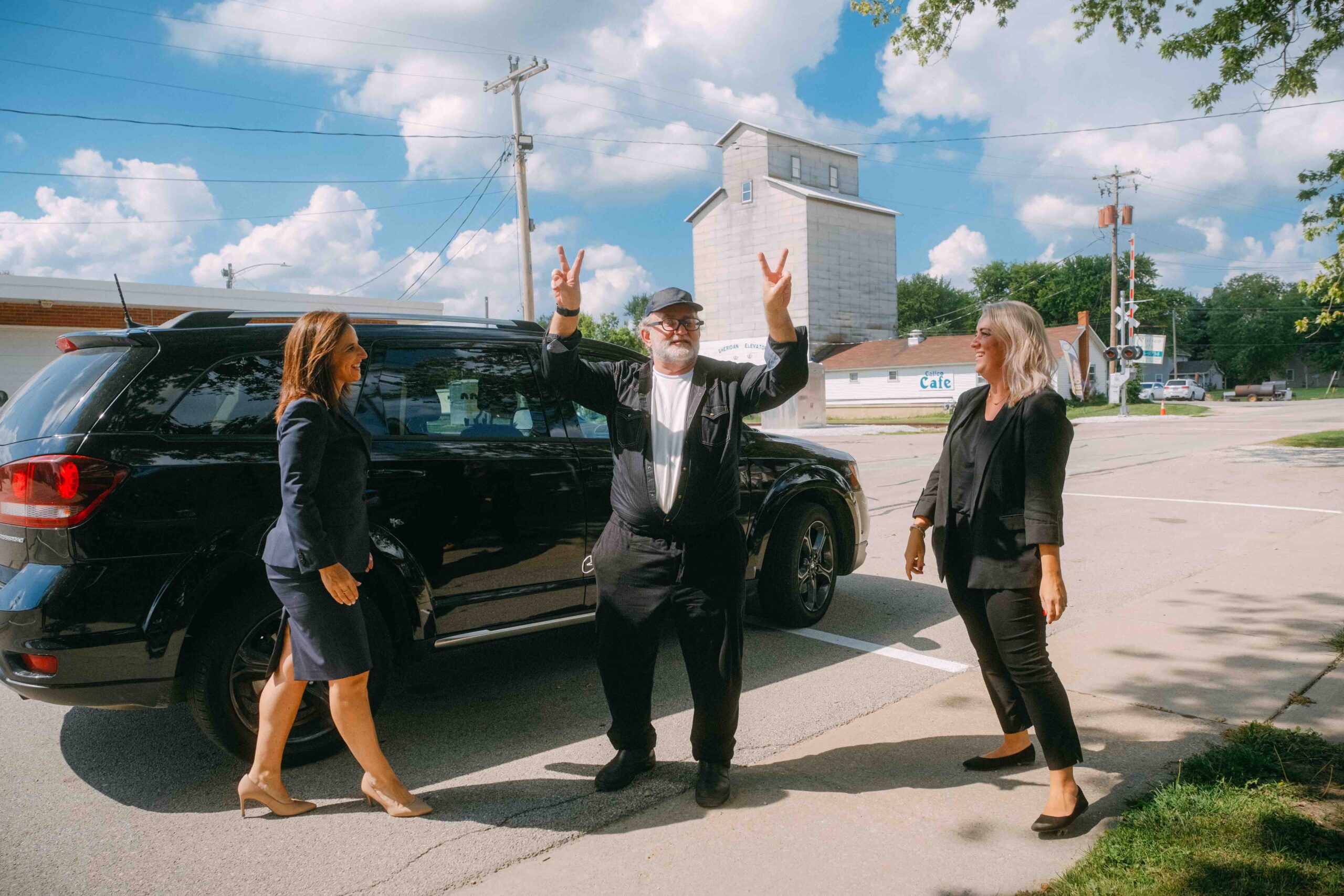
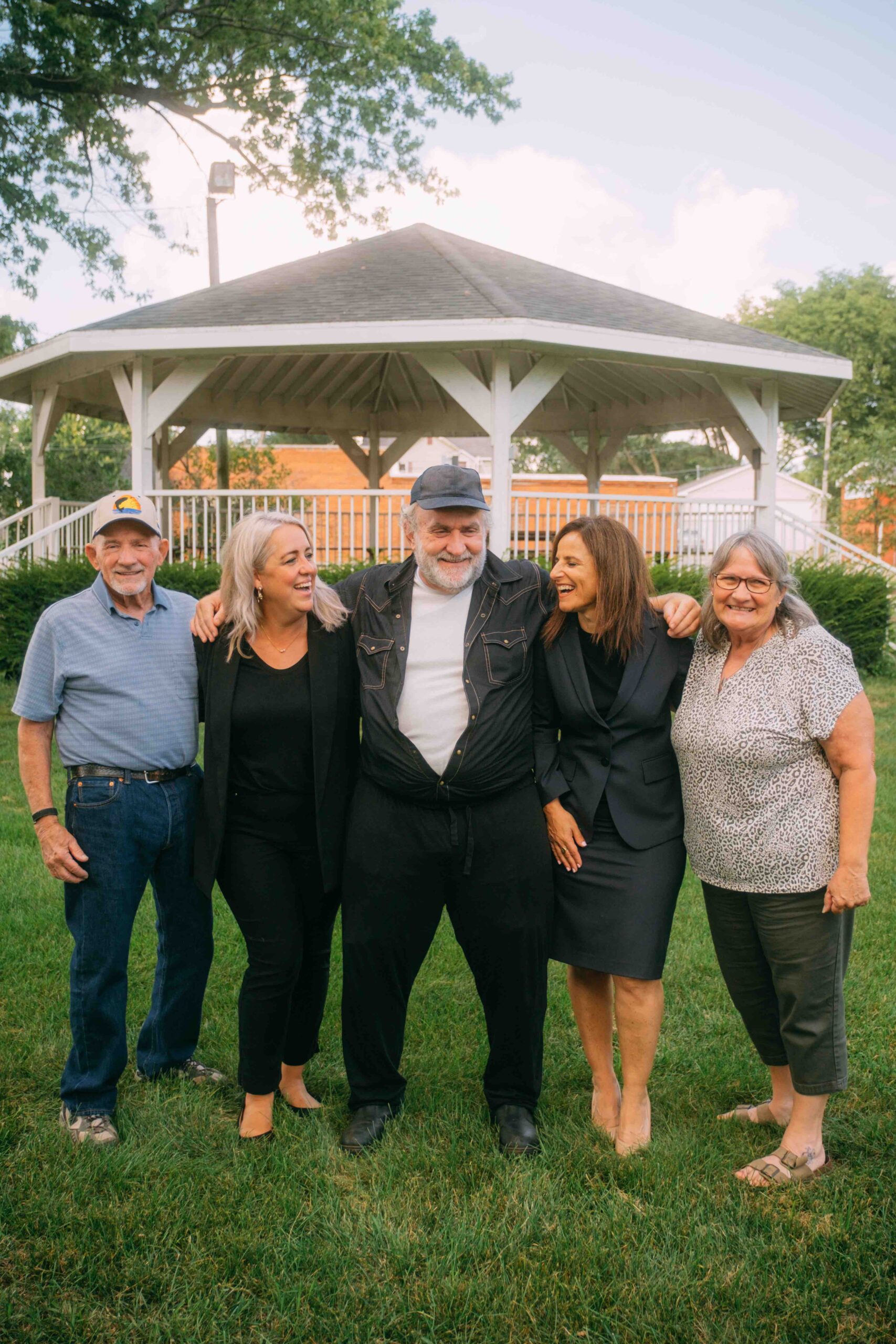
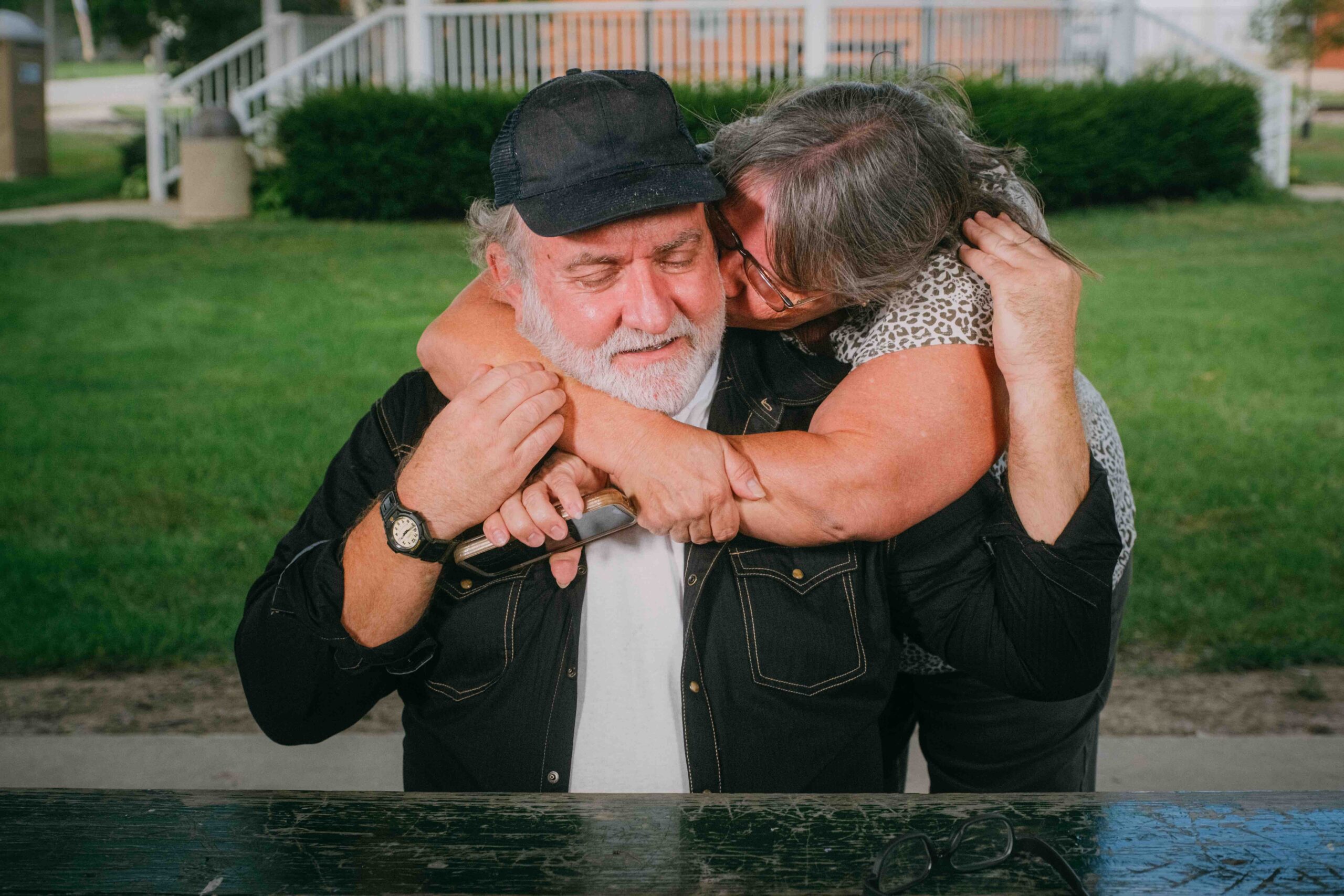
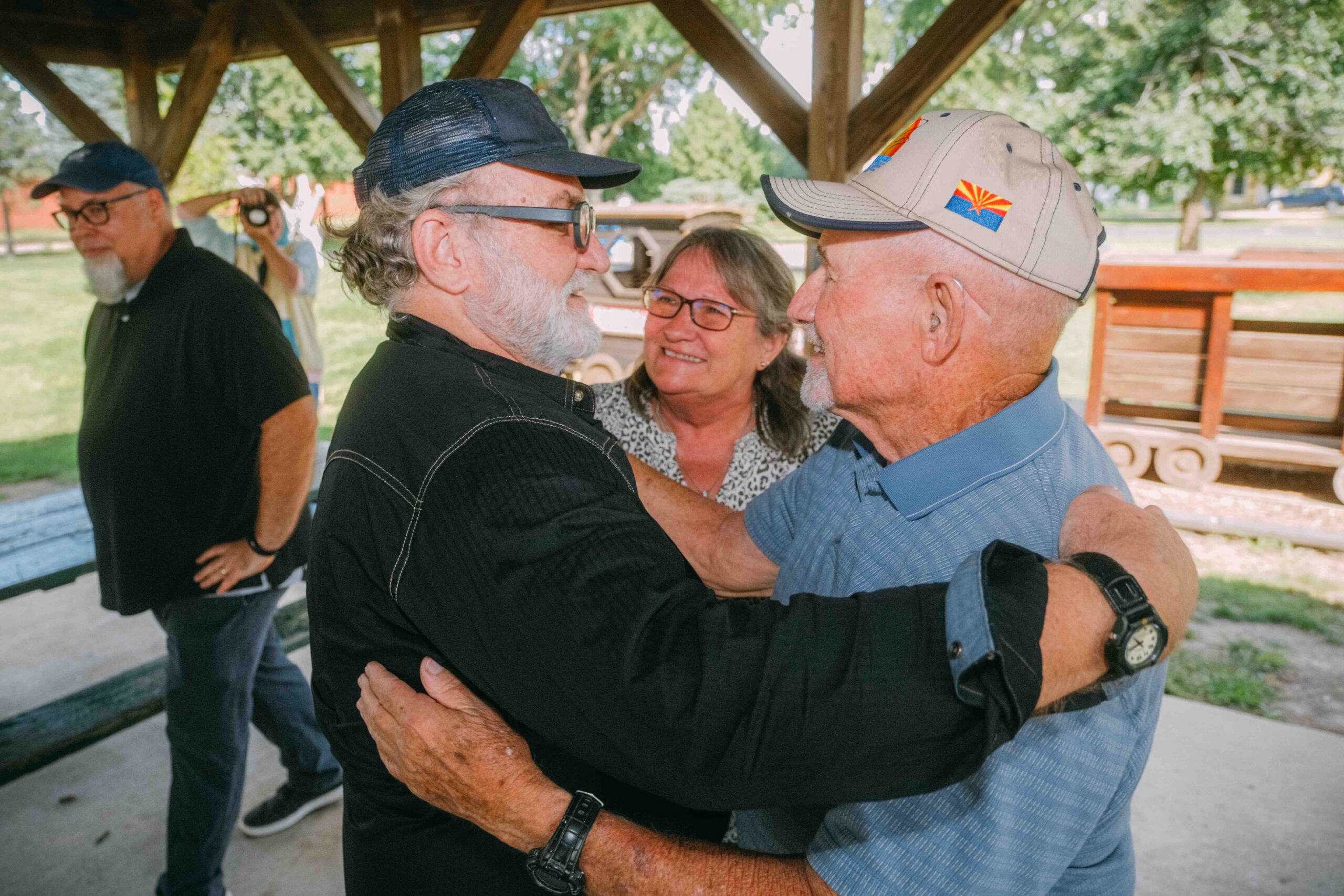
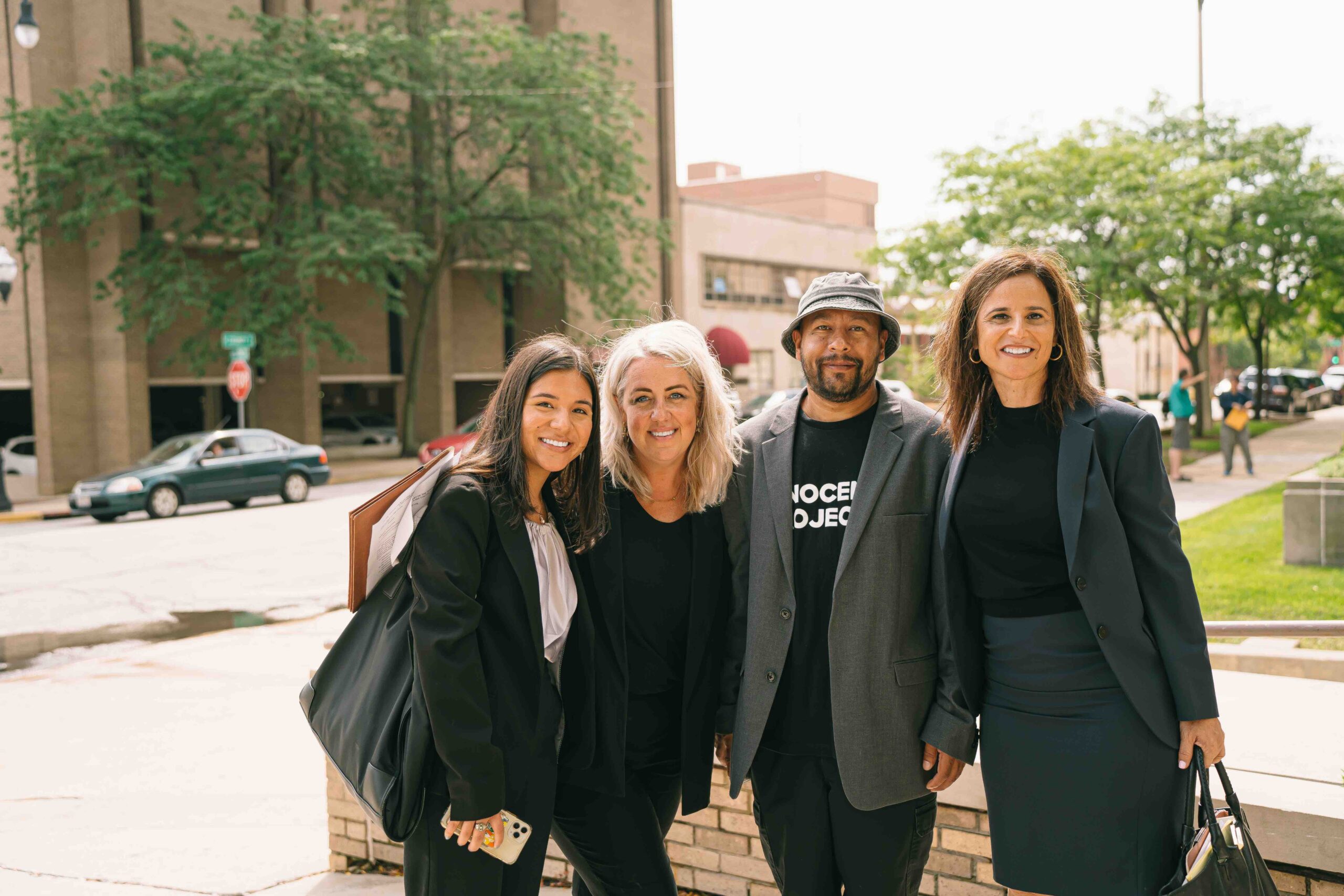
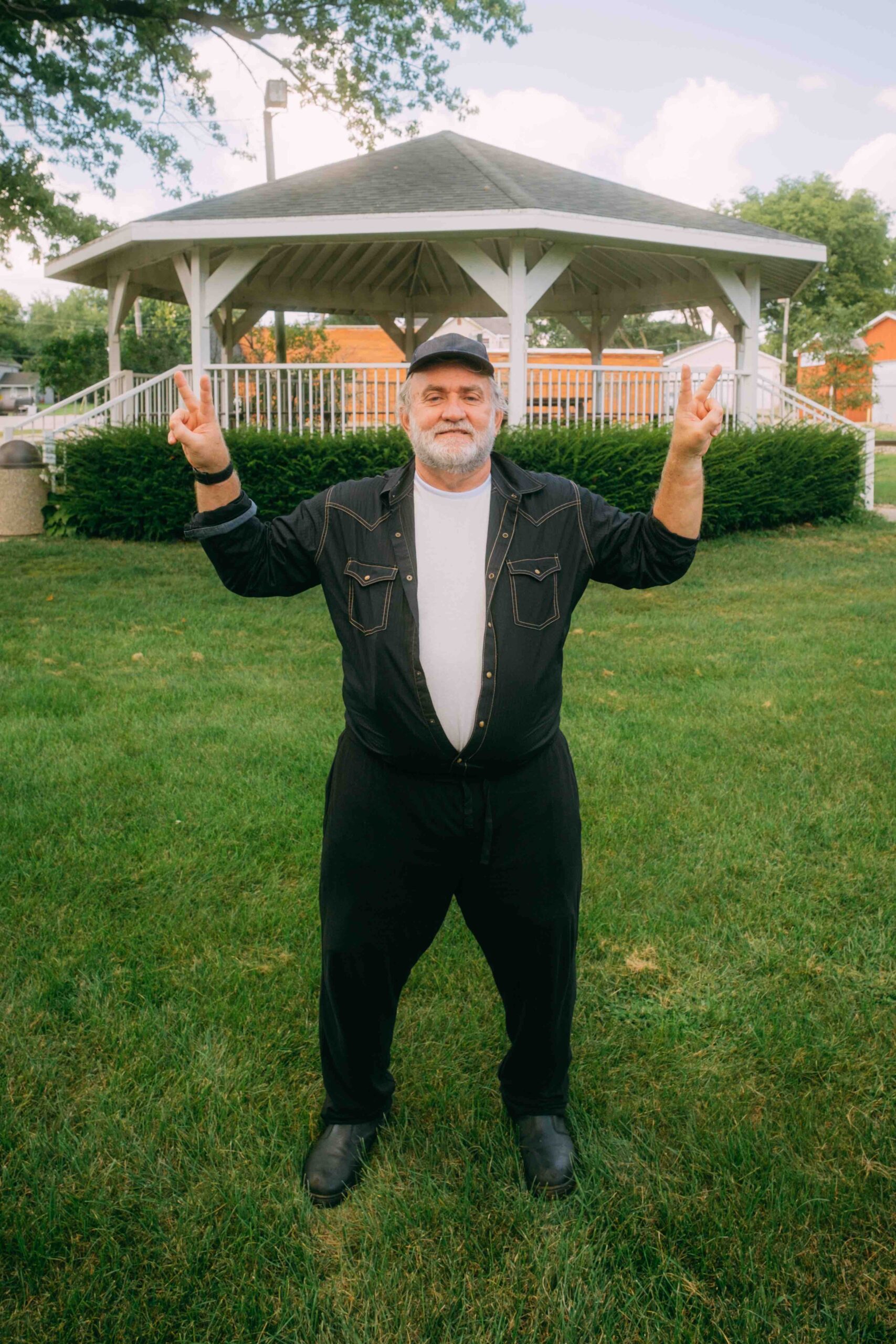
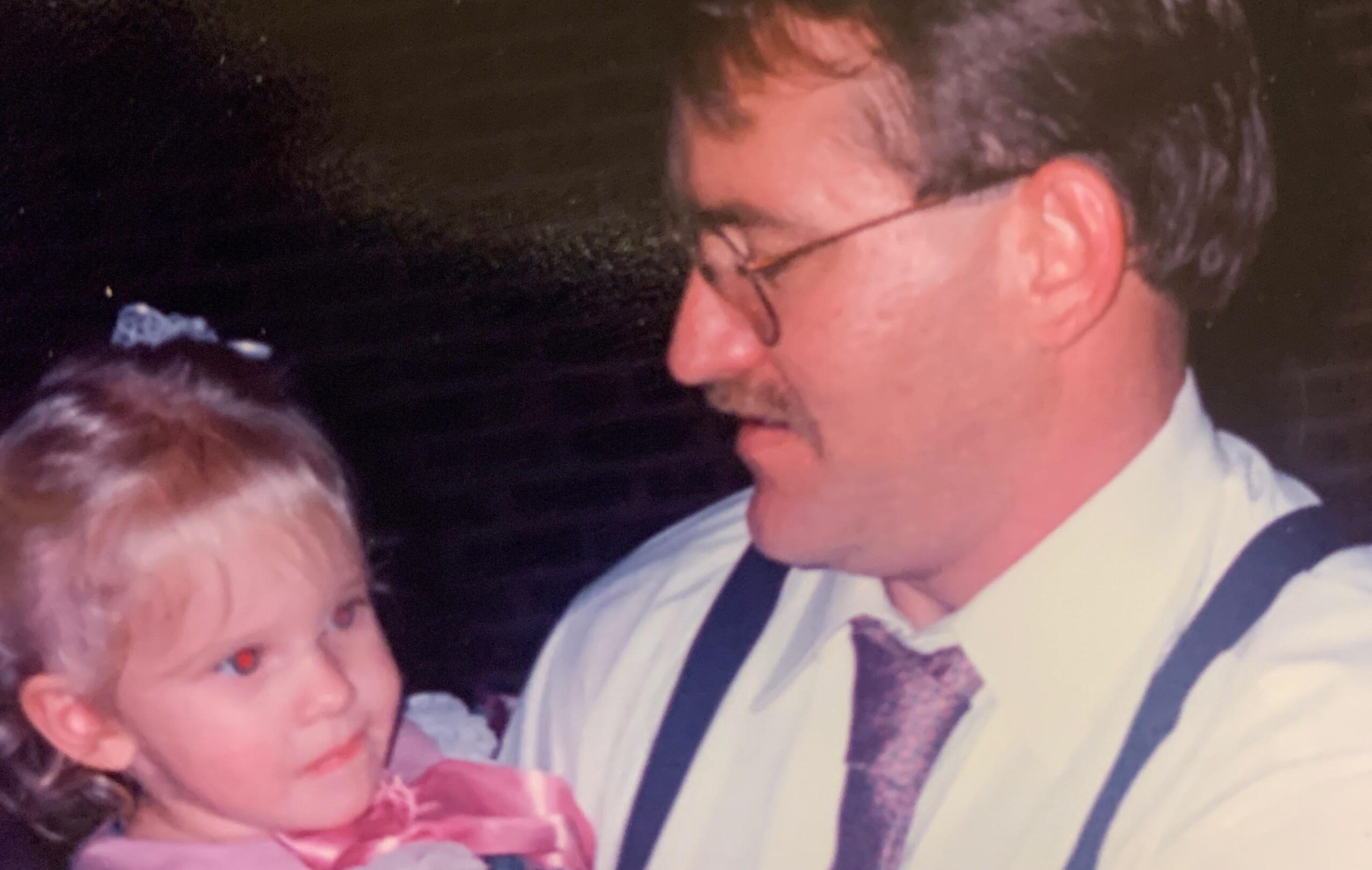
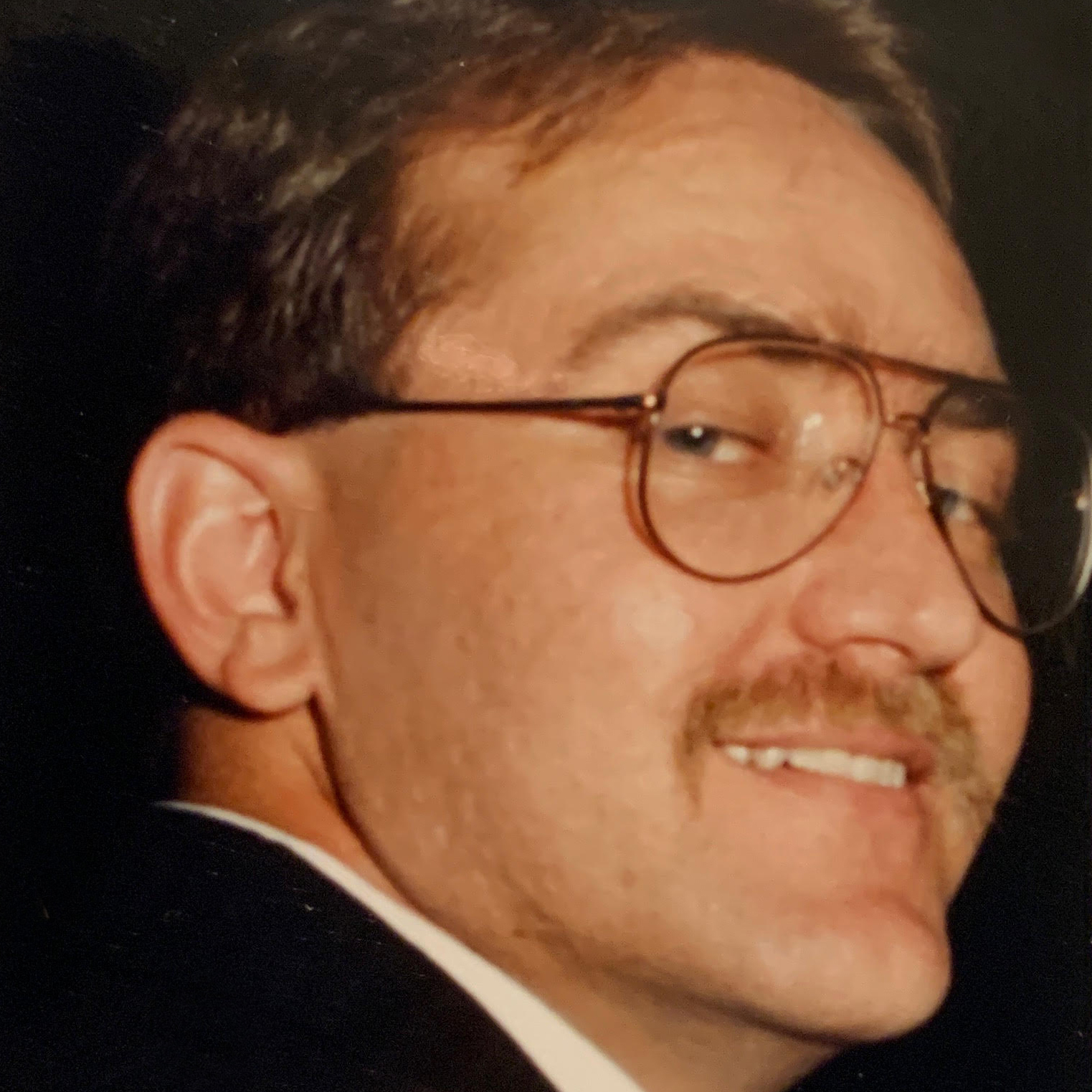
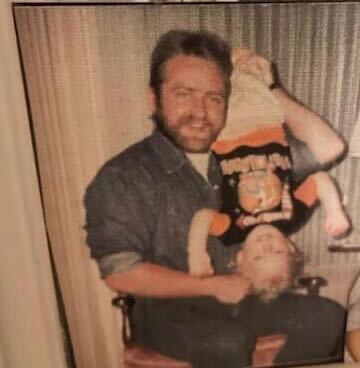
A penny for your thoughts if you don’t mind. So if we maintain that the police, detectives and prosecutors are the “good guys”, how therefore in Heaven’s name can one explain this diabolical behaviour on their part? I am of course not referring to genuine errors. I am of course referring to cases where these “good guys” seem not to give a damn about the lives they are about to ruin. Have you ever pondered this question? I remember reading that in one particular case, the prosecutor’s ego and fear of admitting that he had erred prevented him from taking the necessary action that would have released the poor innocent convict. But pride alone, which does indeed come before a fall, is not enough to provide one with a satisfactory answer to my question. May God reward your noble efforts and console these innocents and their families in a better world.